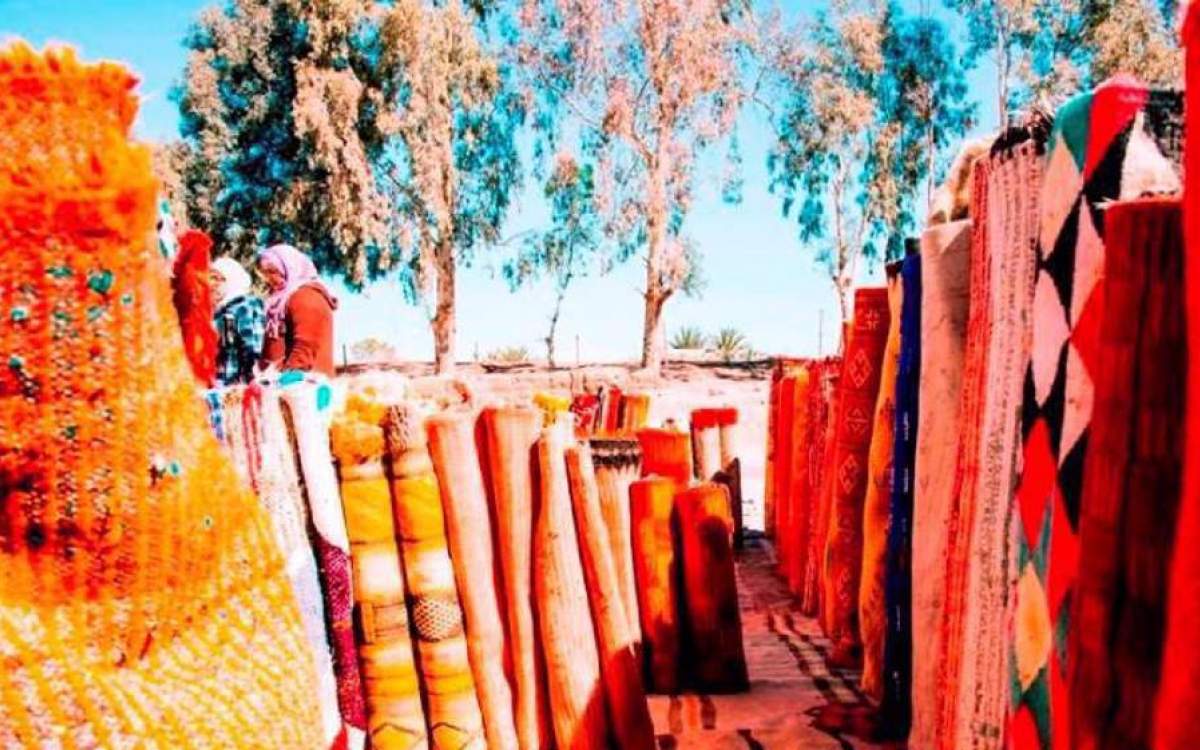The Iran Project
: An international exhibition of textile industry is currently underway in Tehran with the participation of more than 290 companies from Iran and 13 other countries to present their capabilities, exchange the latest advancements in the industry and discuss investment, business and trade possibilities.
Friday 23 August 2024 - 08:00
Story Code : 426895
Source : Press TV
Iran’s unique advantages for textile industry development
Three of the five top textile and apparel exporting nations, China, India and Turkey attend the 30th international exhibition of textile machinery, raw materials, home textiles, embroidery machines and textile products with 100 companies, 18 companies and 12 companies respectively.
The development of the textile industry in Iran has several advantages, foremost the luxury of an easy access to raw materials. Fifty-percent of the industry's need for cotton is supplied from within, although this figure was 100% until two decades ago.
As for silk, more than 50% of the country's needs which translates to 330 tonnes of silk thread, is produced domestically, with self-sufficiency potentially being around the corner with some planning and support of the sector.
The existence of abundant oil and gas resources and the country’s petrochemical capacity is another advantage for production of synthetic fibers.
Moreover, the domestic market of 85 million people with a turnover of $30 billion is the key driver of the textile industry in Iran, while there is another market of 400 million people in its neighborhood in Central Asia and the Caucasus.
Iran has a long textile legacy. According to archaeological findings, the country has produced textiles for at least 10,000 years. Persia made textiles and carpets for both local and foreign markets, which were famous for their elaborate patterns and vibrant colors.
Over the past three decades, the textile and apparel industry has gone off the cliff, with its 6.4% share in the country’s GDP plunging under one percent, marked by an influx of legally or illegally imported goods.
According to statistics, the annual import of smuggled clothing is estimated at more than $2 billion, where every one billion dollars of smuggling into the country causes the destruction and closure of more than 100,000 job opportunities.
This is while textile is one of the important industries in growth and development. The industry is important in terms of creating added value and creating jobs, given that it includes a wide range of products such as cotton, wool, silk, synthetic fibers, carpets and all kinds of textiles.
Reporter : Editorial of The Iran Project
# Tags











